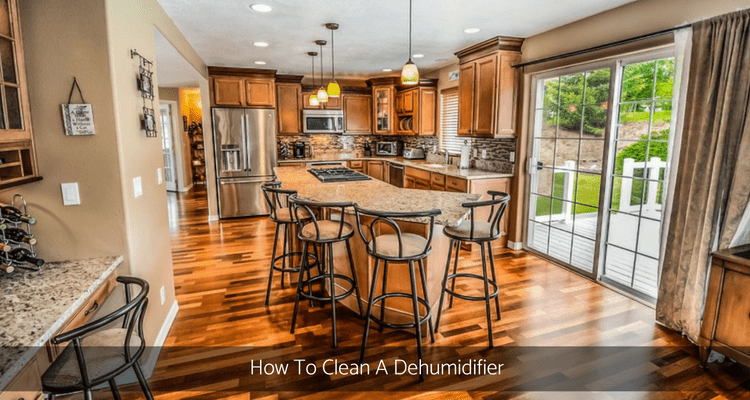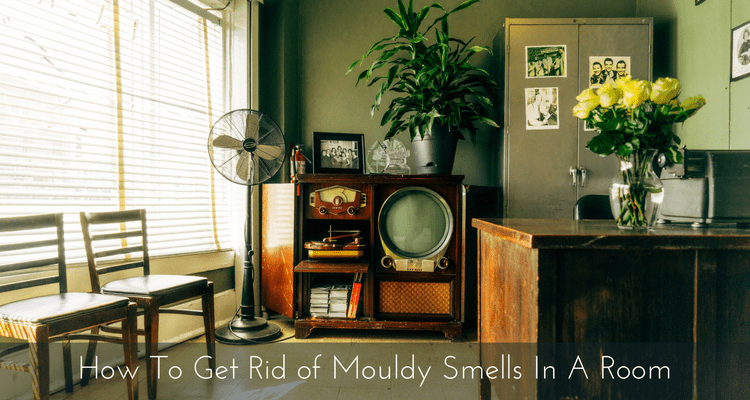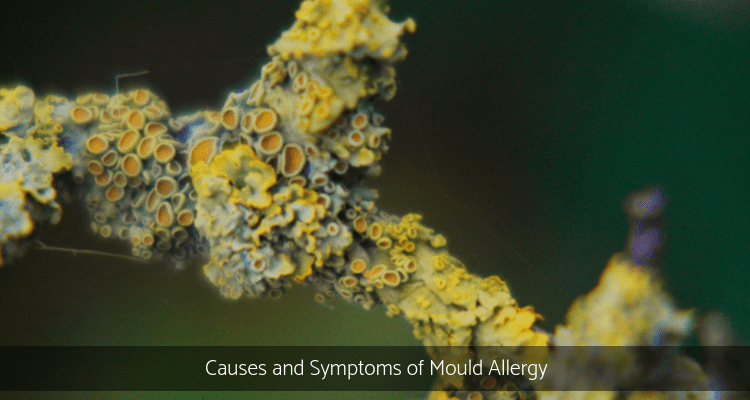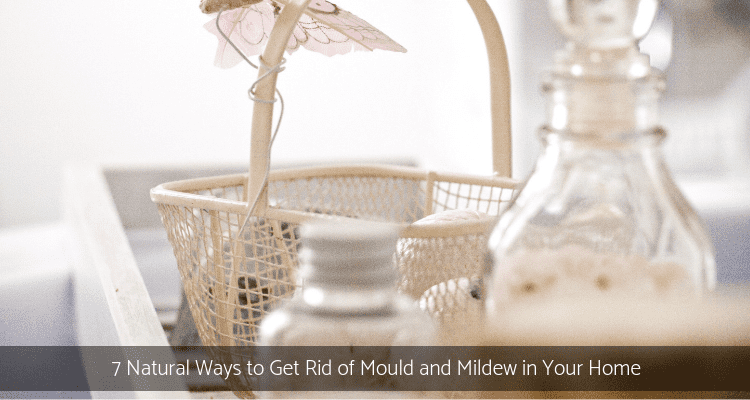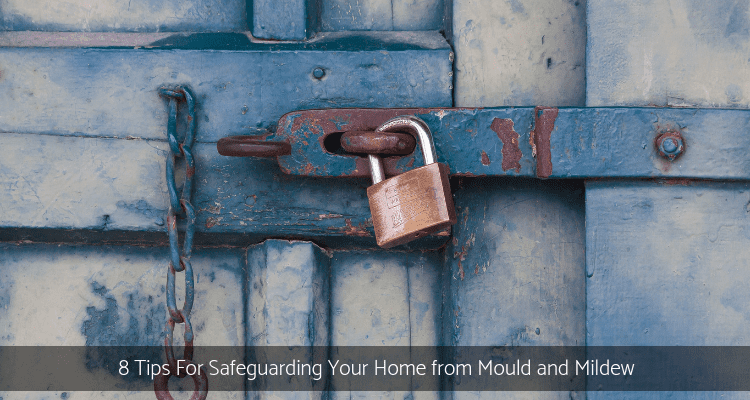How Do I Fix Contaminated Air?
When you have contaminated indoor air, it can be a challenging and time-consuming process to get it clear and fresh again. Sometimes your room can turn polluted within seconds! We’ll explain the reasons your home got contaminated in the first place, then share a few methods to fix the polluted air. It won’t be such […]
How Do I Fix Contaminated Air? Read More »


